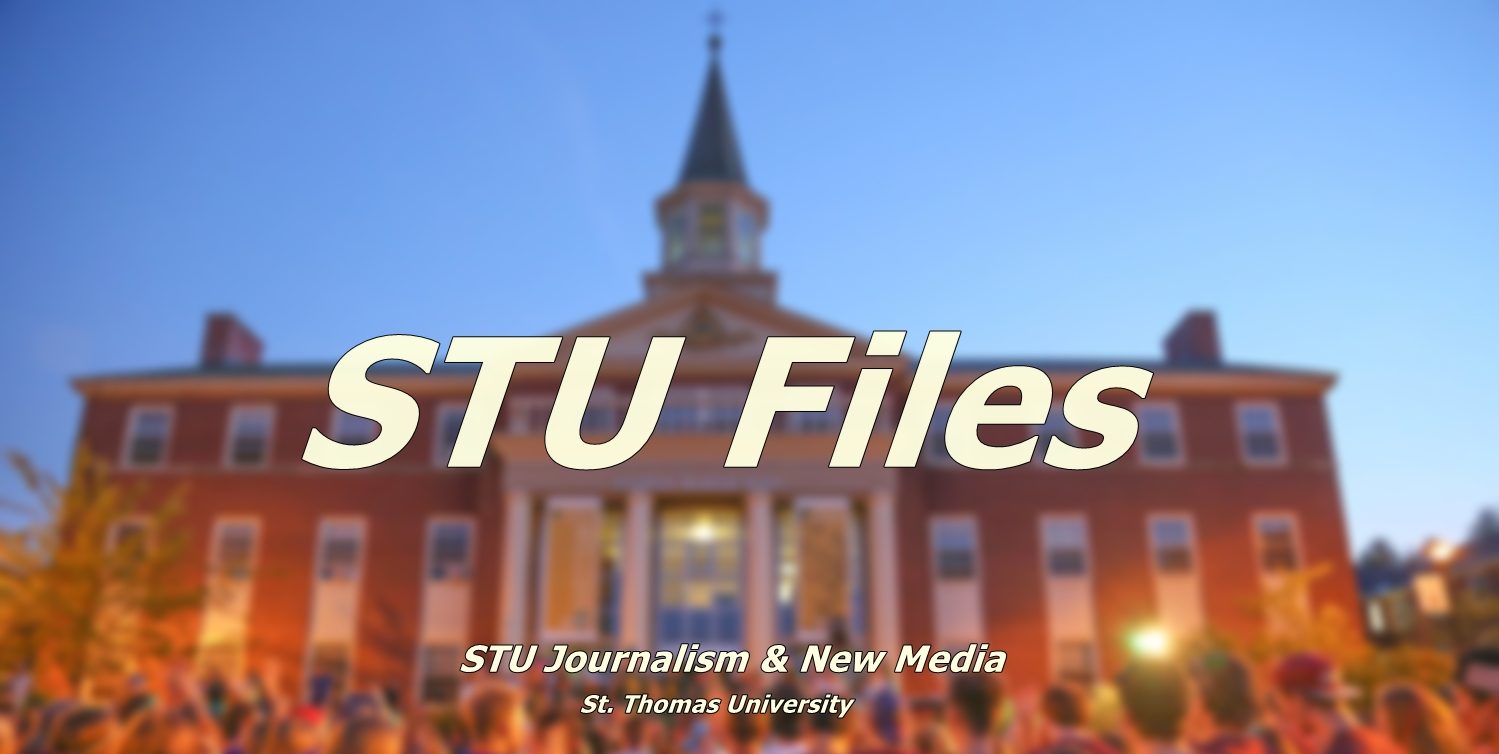School’s in Session: Teaching During the Pandemic
New Bandon, NB – When schools Across New Brunswick reopened in the fall of 2020, they had to do so with an operational plan that kept students and staff safe during the pandemic. For most high schools, this meant they had to adopt a new schedule, where students would attend classes as usual on some days and participate in online learning on others. This was to ensure social distancing and limit the spread of the virus. However, some rural schools in the province could attend school regularly due to already having smaller class sizes. Central New Brunswick Academy in New Bandon was one of these schools.
English teacher Shelley Carson said while students and staff were happy to be back after the shutdowns in early 2020, the most significant thing was the expectations of what happens next. “We were doing our jobs, we were happy to see each other, but it was so different because we had to monitor the kids at all times. There was no break from the new norm.” Because of all the guidelines and strict rules they had to enforce, Carson said they became almost like “teachers/guards.”
According to Principal Barbara Long, the unpredictability of the pandemic created a “new type of tired” for educators and staff, saying that they have been experiencing “June levels of tired in November.” Despite that, she believes teachers generally prefer to teach their students in person.

Carson noted that many of her students mentioned that they felt like they received a better education than the hybrid model. “Most of them said they wouldn’t have participated as much,” and “because they had been there every day, that they received a regular curriculum.”
Although the quality of their education was preserved, students faced a different kind of struggle once school was in session. Due to restrictions, many of the programs and activities enjoyed by students had to be placed on hold. “The pandemic affected our ability to offer students a lot of the quality programs we had in the past,” said Long.

Students and teachers alike missed the social aspect the most. When students returned to class, they found themselves unable to socialize as much as they could pre-pandemic. They were unable to mingle amongst each other like they once could.
“Yes, school is academic, but for a lot of us, it’s our social time as well,” explained Carson.
While Long says they have adjusted well to the new restrictions, students have been missing their social freedoms most of all.
Both Long and Carson echoed the sentiment that they have never experienced anything like the covid-19 pandemic in their decades-long teaching careers. Although it has been a challenging couple of years, they have made it through with plenty of perseverance and cooperation among the entire school system, from the school district officials to the students themselves.
Long said that overall, the pandemic taught her two things. The first is, “you have to be ready for anything in education,” and the second is that “people are resilient.”

